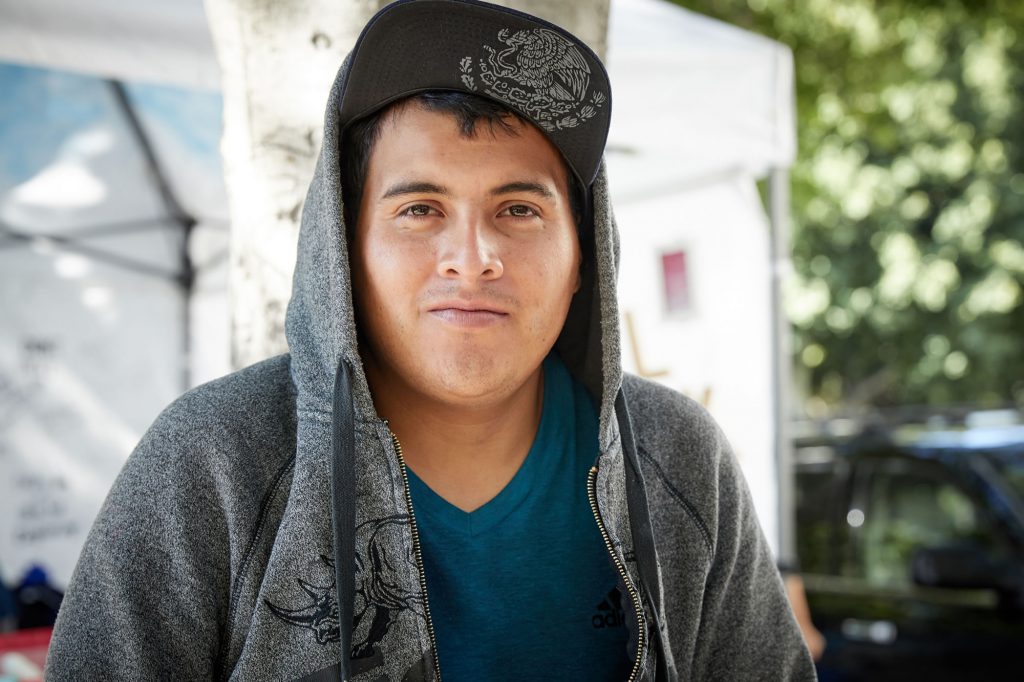By Dash Finley
We’re just a little over two months into 2019, and Los Angeles’ ongoing homelessness crisis shows few signs of abating, with many analysts calling for desperately needed reform in the face of grave conditions. A recent USC study found that the mean life expectancy of Los Angeles’ homeless population is 48, as opposed to that of the average Californian, which falls somewhere around 80. This is a devastating figure, and one that is compounded further by the recently soaring number of homeless residents of Los Angeles county, which went from 38,700 individuals in 2010 to a staggering 55,000+ by 2017.
Even still, rents and property values continue to soar across the city while wages decrease, forcing more and more people out onto the streets, where they live amidst harsh conditions, the specter of crime, and the ever-looming temptation of drug and alcohol abuse. Moreover, attitudes among some of Los Angeles’ more fortunate residents are often surprisingly antiquated, given the city’s reputation for liberal progressivism. Per a recent NPR story, “anger over encampments… has resulted in explosive town halls, hateful social media posts, and even one citizen patrol to monitor encampments.”
In addition, there have been a scant handful of reports regarding hate-crimes being committed against homeless people throughout the city. The local government is ostensibly funneling tax money into addressing the crisis, having spent $442 million on housing and $177 million for services in the past fiscal year alone. But, despite all these signaled steps, those observing the situation from the ground often see little in the way of concrete improvements. Indeed, hardly any of the designated housing projects approved by the Mayor’s office to provide living space for the homeless have actually opened their doors since voters approved $1.2 billion dollars in resources via Proposition HHH in 2016.
In late January, thousands of volunteers took to the streets across the county to gather data for the upcoming 2019 LA Housing Services Authority census, in the hopes of gaining a more accurate sense of the amount of people living on the streets. One night, these groups were joined by mayor Eric Garcetti in a gesture of unity while scouring the homeless encampments downtown. Nevertheless, some remain cynical about the city’s documentation process. Coalition to Preserve LA’s Jill Stewart was recently quoted as saying: “They’re acting like there’s no emergency, and they’re going to pay politically if they don’t get their act together.”
In recent months, the gravity of the situation intensified further, as homeless communities throughout Los Angeles reported outbreaks Typhus, a relatively obscure flea-born disease which cause the afflicted to suffer from severe rashes, abdominal pains, and high fevers. Additionally, the recent teacher’s strike in the area caused numerous homeless children to lose the so-called “island of stability” that they normally had access to during school hours, leaving them no choice but to spend the majority of their day on the streets.
But despite these set-backs, there are still signs of improvement on the horizon. On January 30th, the Los Angeles City Council unanimously backed a measure to streamline the funding structure for developing permanent housing for the homeless through the money allocated by Proposition HHH. $120 million was allocated towards crafting a pilot program in order to build one-thousand units of supportive housing, and developers city-wide were requested to submit further strategies to create additional units, all of which must be completed within two years of the funding being approved.
That being said, municipal measures can only go so far, which is why it’s more important than ever for Angelenos to support alternative methods to engage with the homeless community on a grass-roots level. The fight against homelessness is not just one battle, but a war — one which requires strategy, tenacity, and, above all, empathy for the less fortunate. By making an effort provide a new lease on life for those living on the streets, we can all hopefully look forward to a brighter tomorrow.





